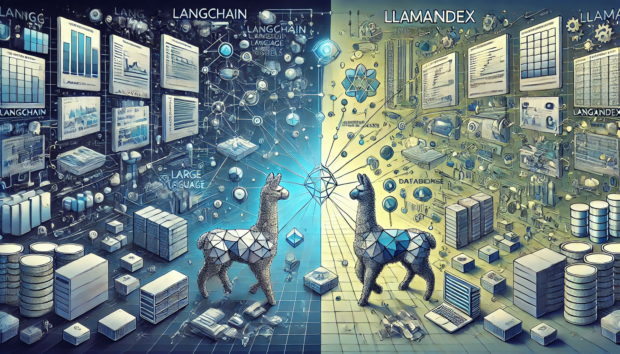In the world of artificial intelligence and natural language processing (NLP), two frameworks are drawing particular attention from developers: LangChain and LlamaIndex. Both tools are designed for creating applications based on large language models (LLMs), but they have their unique features and areas of application. Let’s explore their differences and when it’s best to use each of them.
(more…)AI Technologies: RAG Chatbots vs Agent AI – Which Is More Effective?
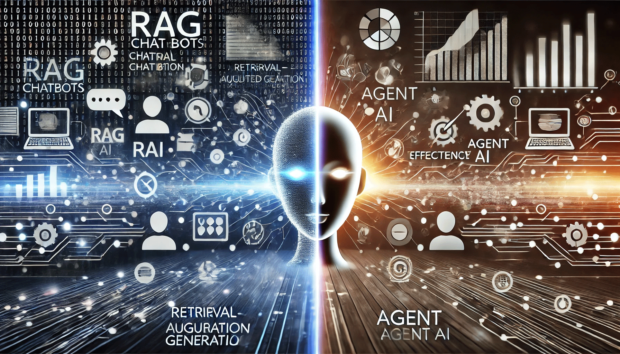
In the rapidly evolving world of artificial intelligence (AI), new technologies continually emerge, revolutionizing our interaction with machines. Two such technologies – RAG chatbots and Agent AI – have recently garnered significant attention. Let’s delve into what they are and which might be more effective for various tasks.
(more…)LLM-Driven Autonomous Agents
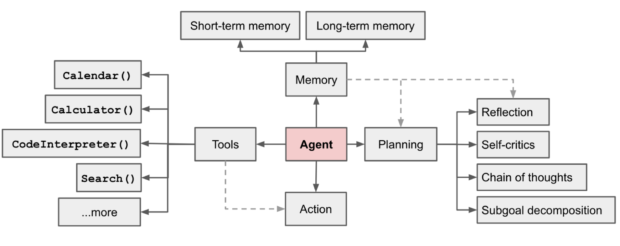
Building autonomous agents powered by Large Language Models (LLMs) as their primary control system is a fascinating concept. Several proof-of-concept demonstrations, such as AutoGPT, GPT-Engineer, and BabyAGI, illustrate this potential. The capabilities of LLMs extend far beyond generating well-crafted text and code; they can be harnessed as formidable general problem solvers.
(more…)Using DSPy for Automatic Prompt Generation: A New Era in AI Application Development
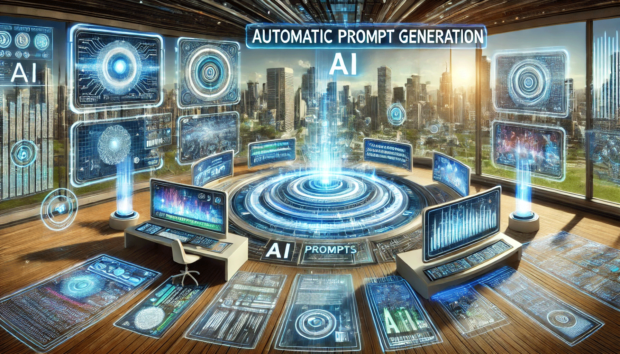
In the world of artificial intelligence and natural language processing (NLP), new tools are constantly emerging to simplify the development of complex AI systems. One such innovative tool is DSPy – a powerful framework for programming language models (LM) that is revolutionizing the approach to creating prompts and building AI applications. In this article, we will explore in detail how to use DSPy for automatic prompt generation and examine its potential in various areas of application.
(more…)How To Build Web UI Generator Agent: An Innovative Approach to User Interface Creation

In the ever-evolving world of web development, new tools and technologies constantly emerge to simplify and accelerate the process of creating user interfaces. One such innovative solution is the Web UI Generator Agent – an intelligent assistant that leverages the capabilities of Large Language Models (LLMs) to generate HTML and CSS code based on design descriptions.
(more…)Building Enterprise AI Applications with Multi-Agent RAG Systems (MARS)
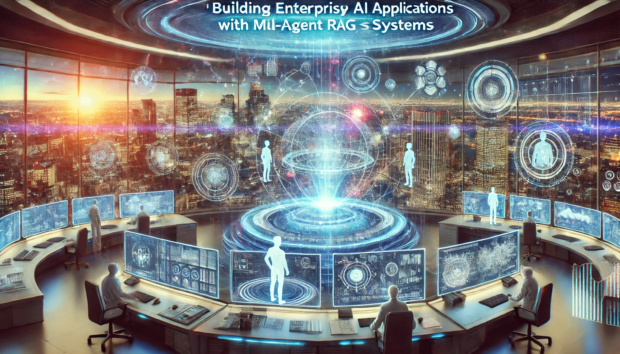
In the rapidly evolving world of artificial intelligence, the emergence of advanced Retrieval-Augmented Generation (RAG) and Multi-Agent Software Engineering (MASE) has opened new horizons for enterprise AI applications. Let’s explore how these technologies converge to create a powerful tool for businesses.
(more…)Revolutionizing AI Development: NVIDIA NIM Microservices and LangChain Integration

In the ever-evolving landscape of artificial intelligence, NVIDIA has once again pushed the boundaries with its latest offering: NVIDIA NIM microservices. This groundbreaking technology, a core component of NVIDIA AI Enterprise, has recently expanded its capabilities to support tool-calling for advanced models like Llama 3.1. Moreover, its seamless integration with LangChain provides developers with a robust, production-ready solution for creating sophisticated agentic workflows.
(more…)Evolving Methods for Evaluating AI Capabilities: The Rise of Autonomous Agents
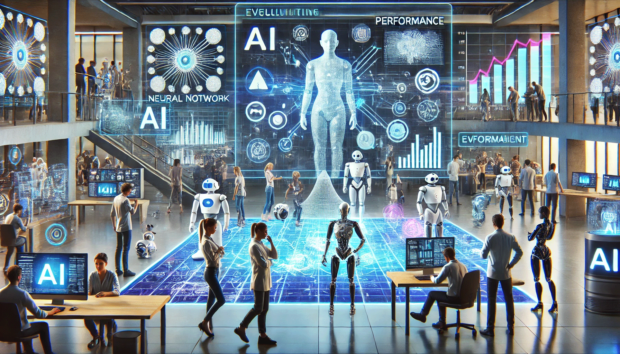
In recent years, the rapid advancement of artificial intelligence (AI) has sparked intense discussions about how to effectively assess the capabilities of language models and the emerging concept of AI agents. As AI systems become increasingly sophisticated and autonomous, traditional evaluation methods are proving inadequate, necessitating the development of more complex and nuanced approaches to measuring progress in the field.
(more…)Llama-Agents: Revolutionizing Multi-Agent Systems as a Service

Discover how Llama-Agents is transforming AI with its innovative approach to multi-agent systems. Learn about its key features, installation, and implementation in this comprehensive guide.
(more…)How to Create an Automated Code Review System Using LangChain Agents
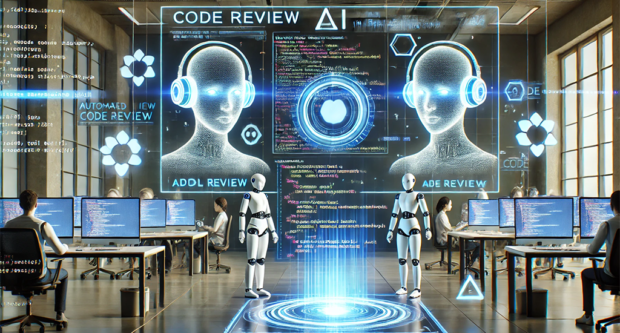
In modern software development, code review plays a critical role in ensuring product quality and reliability. However, manual code review can be time-consuming and often requires significant attention from experienced developers. Automating this process offers several benefits:
- Conserves human resources
- Accelerates the development process
- Ensures consistency in review quality
- Identifies potential issues at early stages
These factors motivated us to create an automated code review system using LangChain agents.
(more…)